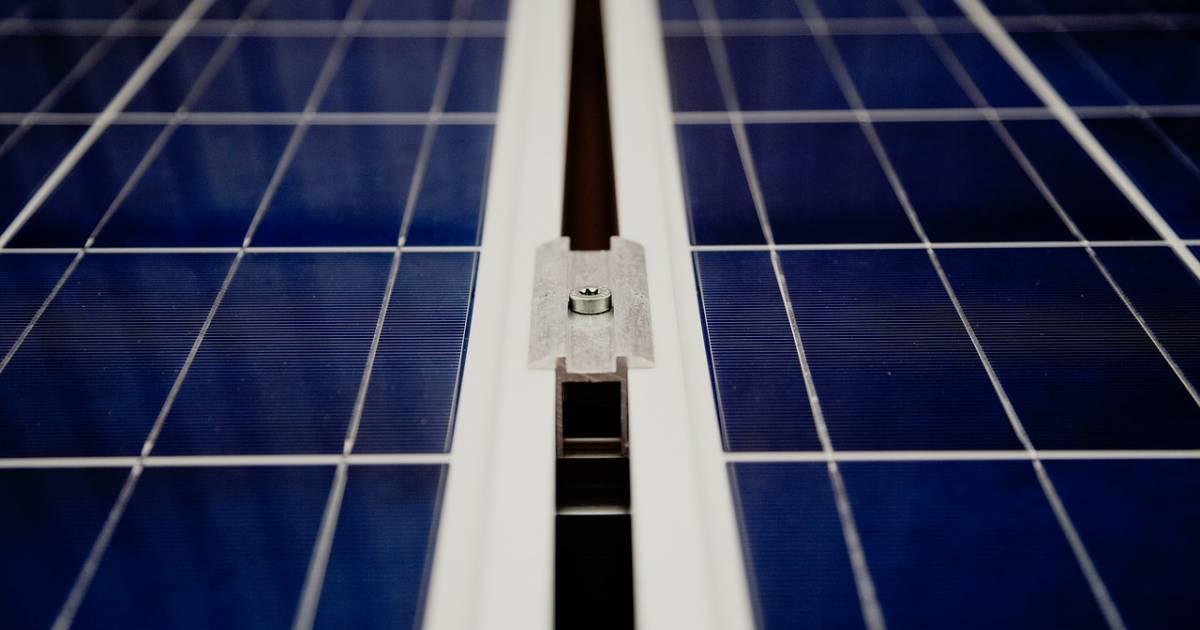Researchers at Massachusetts Institute of Technology (MIT) and National Renewable Energy Laboratory (NREL) believe thinner solar cells are the key to even cheaper solar panels and scaling up production.
The cost of solar panels has dropped remarkably over the past decade due to uptake and technology advancements – and it seems there’s still plenty of room for further price decreases. One of the areas where savings can be made is the amount of silicon used in silicon-based solar cells.
According to MIT, silicon cells are typically made from wafers that are 160 μm (micrometers) thick (0.16mm). In the past, efforts have been made to reduce the thickness but this resulted in brittle and fragile wafers, leading to unacceptable wastage and performance issues. Interest in making thinner wafers dropped off after the cost of silicon hit a peak around 12 years ago.
The researchers state it’s time thinner solar cells were revisited and that with improved handling methods, wafer thickness could be easily reduced to 100 micrometers – and in time to 40 micrometers or even less.
One of the current technologies looked at was PERC (passivated emitter and rear contact) solar cells. The researchers discovered there was little impact on performance at a thickness as low as 40 micrometers.
While making the necessary changes to manufacturing facilities to produce thinner wafers would be a time-consuming and expensive process, the researchers believe the benefits can far outweigh the cost involved.
You can view the study report here and further commentary here.
Polysilicon Prices
The polysilicon price peak the researchers are referring to was in 2008, when it was around USD $475 per kilogram. According to PV Insights, high grade polysilicon was recently averaging just USD $7.10 a kilogram.
So how much silicon is in a solar panel? Using this calculator and based on wafer dimensions of 156mm x 200mm (psuedosquare) and a thickness of 160 micrometers, around 11 grams per cell. In 60-cell modules, which are commonly used on residential rooftops, that would work out to around 660 grams of silicon.
Hrm. Not exactly huge cost savings there; but that’s just at the polysilicon end without the cost of further processing into ingots before being turned into wafers.
The research notes reducing wafer thickness from 160 μm down to 50 μm for PERC cells can potentially see cost reduction of ~20 cents (USD) per watt (Advanced HE-Tech scenario). That’s looking a lot better, but it’s also based on 3.1g of silicon usage per watt at 160 μm as the baseline case. Perhaps I wasn’t using/interpreting the calculator correctly or the researchers’ numbers are out – but it’s probably safer to trust the guys with the degrees.
There could be another important advantage. The researchers point out it would enable more rapid expansion of solar panel manufacturing capacity, which can be constrained by how fast factories can be constructed to manufacture the ingots of crystal silicon that are sliced up to produce wafers.
Additionally, while silicon dioxide (SiO2 – silica) is abundant, digging up and processing less to make more solar cells and panels could only be a good thing from an environmental viewpoint.


 RSS - Posts
RSS - Posts



I get 9 grams per 156mm by 156mm standard solar cell with 160 micron thickness. That’s 544 grams in total for a standard 60 cell panel. But wastage and breakage can double the silicon required. So getting down from 160 microns to 40 could knock around $8 Australian off the price of a panel, assuming the price of silicon doesn’t change much. Considering that decent quality panels can be bought at the factory gate in Shanghai for only around $100 Australian each, $8 off is an appreciable decrease.